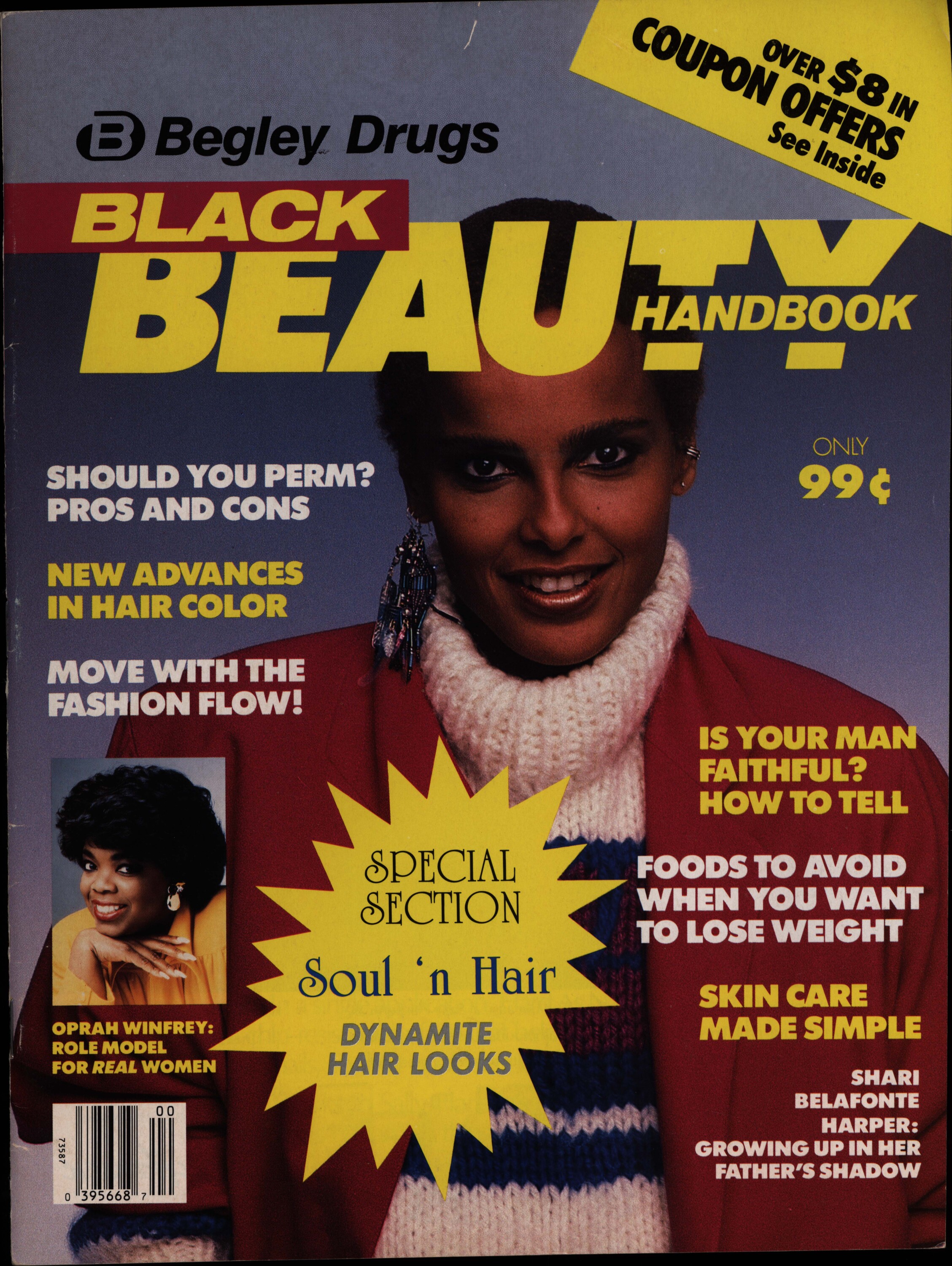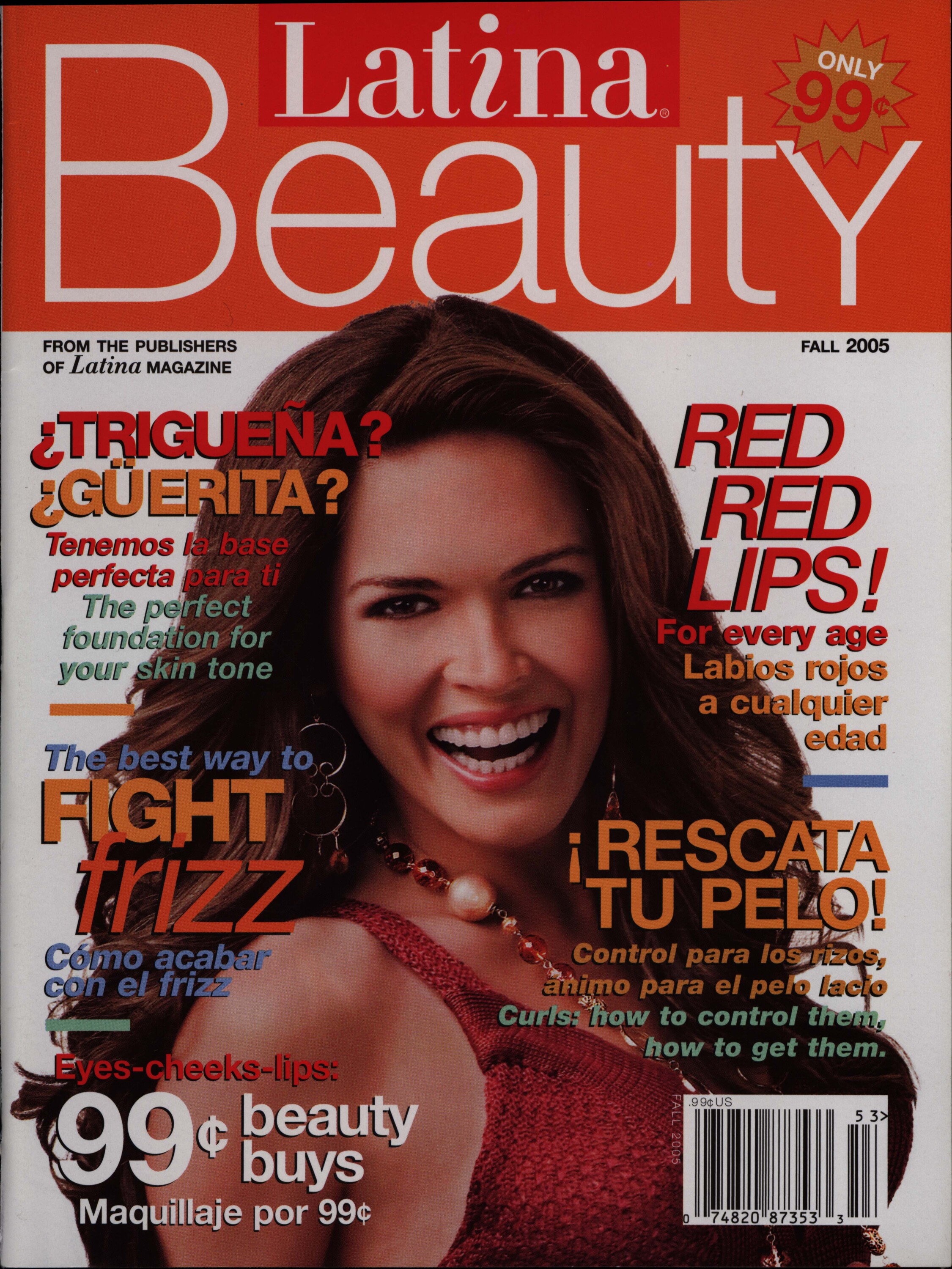Style Before Social Media: Fifteen Fashion and Beauty Magazines from 1985 - 2005
Diverse Audiences
Magazines were already quite specialized by the 1980s - there were magazines published for a variety of audiences that covered a variety of interests. Fashion and beauty magazines were popular for their advice and product recommendations. However, these magazines were mainly geared toward women and often featured white women. The advice and products featured in these magazines were not always helpful for all readers. In an increasingly diverse society, there were opportunities for further specialization in the magazine market.
The magazines featured here were published with specific audiences in mind. Two are versions of pre-existing magazines designed to reach specialized audiences. EM: Ebony Man was a spin-off of Ebony magazine and focused on the style, health, and wellness of Black men. Latina Beauty was a supplemental issue of Latina magazine and offered beauty and fashion advice specifically for Latina women. Both EM: Ebony Man and Latina Beauty were published by people who are members of their target audiences.
Black Beauty Handbook was a version of Beauty Handbook designed particularly for women of color. It offered content and product recommendations geared toward their audience.
EM: Ebony Man Vol. 1, No. 1 (November 1985)
Ebony magazine was first published in 1945 with the goal of highlighting the Black experience. This has included sharing style and fashion information, documenting social injustice, discussing health and wellness, and celebrating the accomplishments of Black people.
Ebony Man began in 1982 as a column in Ebony with fashion and grooming tips for men. The great reader response to this column drove the publishers to create a full magazine designed specifically for Black men. Their goal was to offer advice to improve the reader’s quality of life, which included information on style, health, fitness, finances, and relationships. Feature stories were intended to offer insight on subjects relevant to Black men from the magazine’s unique persepective. It ran until January of 1998.
This issue is the inaugural issue of the magazine and includes an introduction from the Executive Editor. The cover features model Ben Larson and the magazine includes, among other things, articles on holiday styles, black masculinity, shaving techniques, and a guide to new gadgets.
Black Beauty Handbook (1987)
This issue of Black Beauty Handbook was published in 1987 for Begley Drugs. Begley Drugs was a regional drug store based in Richmond, Kentucky (they were eventually bought by Rite Aid in 1988). There were 44 drug stores in Kentucky and Tennessee. It appears that some drug stores in Mississippi were also purchased by the Begley Drug Company.
This magazine is a version of Beauty Handbook, which was published by Compendium Systems Corporation and was sold in drug stores, grocery stores, and other retailers from 1976 until at least 2009. The magazine was customized for each store, with the company’s name printed on the cover. It was published four times a year and included articles on beauty and wellness as well as coupons for items sold in the store. It is unclear whether or not it is still published.
According to this issue of Black Beauty Handbook, it was published for Black and Hispanic women. It offered content on hair, fashion, health, and makeup. Other versions of Beauty Handbook have been published for specific audiences, including magazines for teens and magazines in Spanish.
Latina Beauty (Fall 2005)
Christy Haubegger came up with the idea for Latina magazine while at Stanford Law School. Its first issue hit the newsstands in June 1996 and featured Jennifer Lopez on the cover. The contents included both English and Spanish and ranged from articles about fashion to articles about racism.
In Fall 2005, Latina Beauty was released, also published by Latina Media Ventures. It was possibly the only time this supplemental issue was published. The table of contents lists articles with titles in both English and Spanish that offer tips for make-up and hair.
In 2018, after financial trouble, Latina stopped publishing magazines and instead used social media to push out content. In May 2021, the magazine was relaunched online only. It’s content has shifted to appeal to all Latinos, not just Latina women. They are also striving to publish content that reflects the diversity of Latinos and their varied experiences, opinions, and perspectives.


